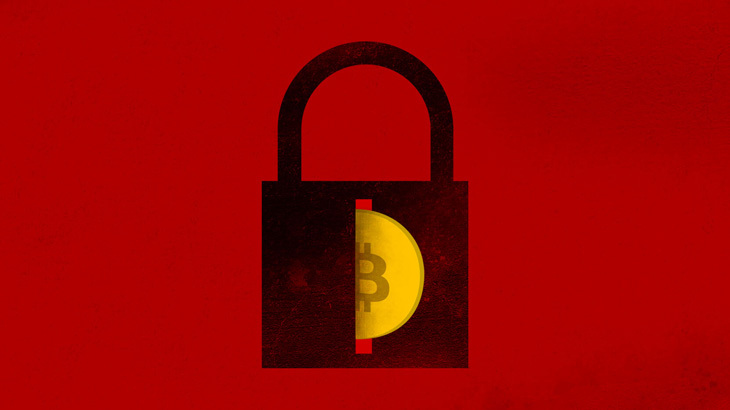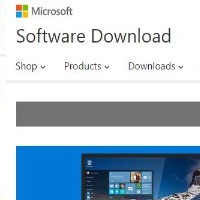
PC Pitstop is proud to welcome our friends at pctechbytes.com as guest contributors. PCTechBytes has been a provider of free online tech support since 2002.
By David Purcell, for PCTechBytes.com
5 Tips to Save on Printing Costs
In this economy, there are a lot of things we can do to save money at home or in the office. Adjusting your printing habits and using these techniques will allow you to save a ton of cash. To do this, you will need to edit your preferences. In Windows 7, go to the Start button, and then choose Devices and Printers. Next, right-click your printer and select Printing Preferences. Follow the steps below to maximize your printing savings.
Easy Ways To Save Money Printing
These are a few easy methods we recommend to cut printing costs. Printing is probably the single most expensive office expense. This is partly because some employees do not care about resources or their managers do not provide ways to save. These are a few simple things that can be implemented to dramatically cut printing costs at home and at the workplace.
1. Save On Materials – It all starts with the materials. Generally we do not recommend buying generic cartridges, but if you can fine a brand that works with your model, you begin saving right away. Preferably, you would buy original manufacturer cartridges in economy packs of two or more instead. Buying in bulk is a great way to save. You can also buy a lower grade, multipurpose paper for printing jobs that do not require a higher-quality stock. If you do go with a thinner stock, be sure to specify this in the preferences to reduce the likelihood of paper jams.
2. Buy A Laser Printer – Laser printers are by-far the most economical way to print–especially in larger quantities. An ink jet printer cartridge will need to be replaced more often and ultimately costs hundreds (if not thousands) more than laser printer toner over its lifetime. Laser printers have come down dramatically in price.While the toner might cost more up front, the cartridge will last a lot longer.
This post is excerpted with the permission of PCTechBytes.com




